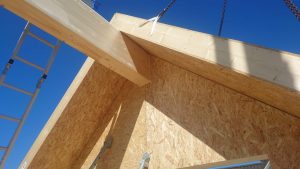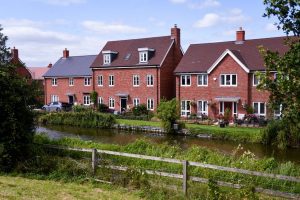This website uses cookies so that we can provide you with the best user experience possible. Cookie information is stored in your browser and performs functions such as recognising you when you return to our website and helping our team to understand which sections of the website you find most interesting and useful.
Archives: Media
England needs 550,000 new homes a year to solve housing shortage, says report
If the UK returned to pre-financial crisis productivity levels, salaries could be up to 25% higher England is short of 2.5 million…

“BUILDING A BETTER FUTURE: ARE MODERN CONSTRUCTION TECHNIQUES THE MAGIC WAND FOR THE HOUSING CRISIS?”
The UK is grappling with a significant housing shortfall, needing to build 300,000 new homes annually. Modern methods of construction (MMC) offer…

Future Homes Standard: The Complete Guide to The New Targets
By Jack Woodfield, Tim Pullen The Future Homes Standard will ensure that new homes built from 2025 produce 75-80% less carbon emissions The Future…

Barratt to open £45m timber frame factory
Housebuilding giant plans to build more homes off-site to meet 2025 Future Homes Standard Britain’s biggest housebuilder Barratt is to open a…
“Scholz aims to make construction cheaper – associations demand ‘housing construction boost.’
WELT German Chancellor Olaf Scholz (SPD) insists on better conditions for building affordable housing in Germany. For this, regulations should be simplified…

Are timber-framed houses the answer to our bricklayer shortage?
With bricklayers even scarcer than housing, wooden-framed properties may be the solution to a building logjam. We look at the costs and…
